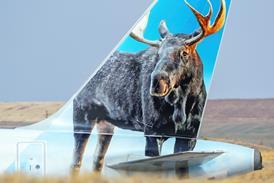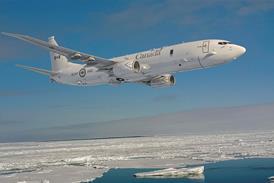The US Department of Defense has unveiled new details of the previously secretive "Liberty Ship" programme, aimed at rapidly fielding dozens of specially equipped, manned surveillance aircraft to Iraq within one year.
Since 2006, the US Army and US Marine Corps have deployed manned turboprops code-named Constant Hawk and Angel Fire to Iraq as part of an effort to thwart attacks using improvised explosive devices. The US Air Force planned to develop a more sophisticated sensor for its General Atomics MQ-9 Reaper (Predator B) unmanned aircraft system, but accelerated plans when faced last April with public criticism for "foot-dragging" on the issue by US Secretary of Defense Bob Gates.
Public awareness of the Liberty Ship programme first came in July, when USAF chief of staff Gen Norton Schwartz's testimony before the Senate armed services committee confirmed its existence.
Kevin Meiners, an assistant deputy for the undersecretary of defence for intelligence, unveiled further details about the programme on 19 October, calling it inspired by the Second World War-era Liberty Ship programme that delivered 2,710 merchant ships within a three-year period.
The current project is attempting to deliver three squadrons comprising a total of 37 Beechcraft C-12 Hurons within three months. Each aircraft would be equipped with the same wide-area airborne surveillance sensor featuring digital playback used by the US Army's Shorts C-23 Constant Hawk.
The Huron was selected because "everybody in the service can fly C-12s," Meiners says.
The Liberty Ship concept emerged within a $2.8 billion ISR Task Force fund created by Gates. This is aimed at rapidly deploying new intelligence, surveillance and reconnaissance capabilities within a two-year window, Meiners says.
Meanwhile, the USAF is continuing to pursue its goal of equipping the MQ-9 fleet with an advanced ISR pod called the wide area persistent surveillance sensor, under development by Sierra Nevada. This is aimed at providing video coverage of a 10 x 10km (5.4 x 5.4nm) area, with 0.25-0.7m (0.81 x 2.29ft) high-resolution tracking and a 2-15Hz frame rate. Meiners says a key challenge will be coping with the huge loads of ISR data generated by such a sensor.
Source: Flight International























